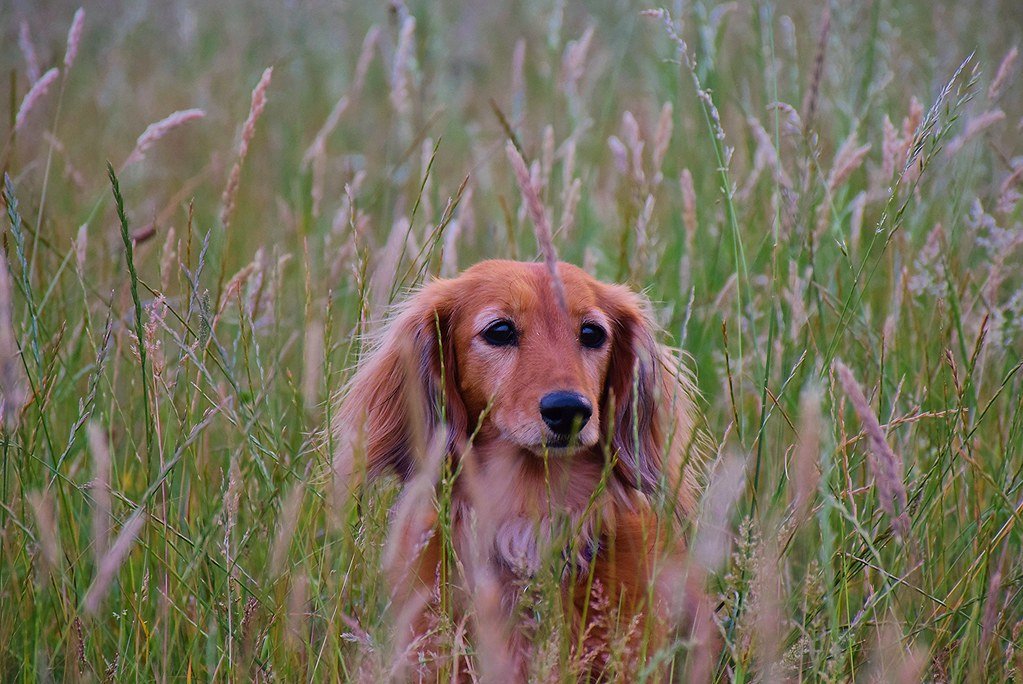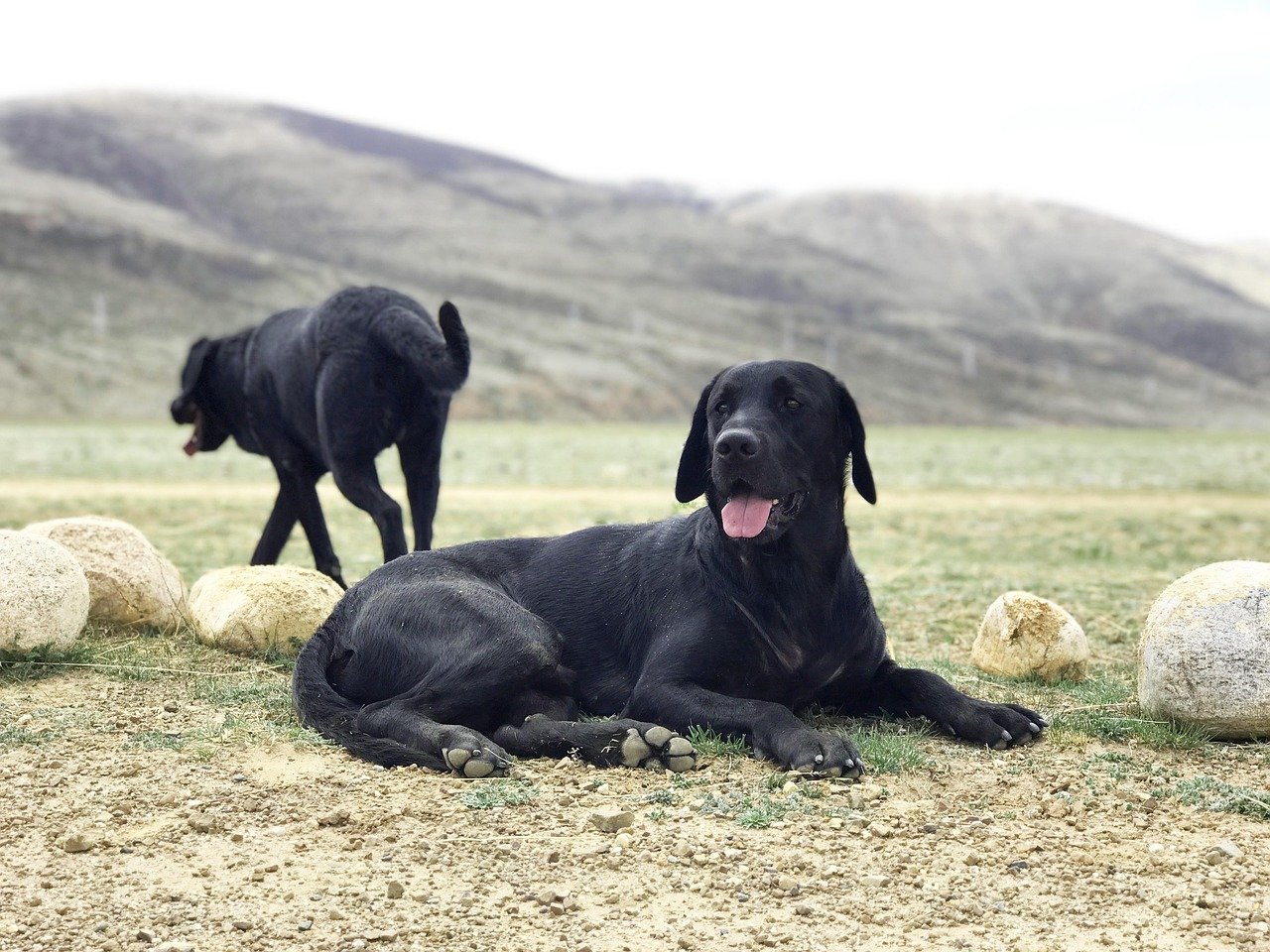Have you ever wondered what it takes to protect one of Africa’s most treasured wildlife reserves? In the sweeping savannas of Kenya’s Maasai Mara, danger lurks not only for the animals but for those who guard them. But amidst all the threats and challenges, there’s a story of loyalty, courage, and incredible teamwork between rangers and their four-legged companions. Detection dogs—often overlooked heroes—have become the rangers’ secret weapon, sniffing out trouble and saving lives. Their journey from playful pup to fearless protector is nothing short of inspiring, and dog lovers everywhere will find themselves cheering for these remarkable canines. Let’s step into the paws of these heroic dogs and see why they have truly become a ranger’s best friend in the Maasai Mara.
The Unbreakable Bond Between Ranger and Dog
In the heart of Maasai Mara, the partnership between a ranger and their detection dog isn’t just about work—it’s about trust. Every day, rangers rely on their dogs to alert them to danger, whether it’s a hidden snare or a poacher’s scent lingering in the grass. This bond is built slowly, through hours of training, play, and mutual respect. The dogs don’t just follow commands; they read their handler’s every move, sensing tension or excitement with just a glance.
For many rangers, their dog is more than a colleague. It’s a friend who shares the early morning chill, the long days beneath the sun, and the hush of the savanna at dusk. The dog’s loyalty is unwavering, and their excitement contagious. You’ll often see a ranger talking softly to their dog, sharing secrets only the two of them understand. This unspoken connection is the backbone of every successful patrol, making the team stronger than any threat they might face.
How Detection Dogs Are Trained For The Wild

Training a detection dog for Maasai Mara is no walk in the park. These dogs start their journey as curious, energetic puppies with a keen nose. Trainers use games and rewards to teach them to associate specific scents—like gunpowder, ivory, or animal skin—with treats or praise. It’s a bit like turning a scavenger hunt into a career, and the dogs absolutely love it.
But it doesn’t stop at sniffing. The dogs must also learn to work in the wild: crossing rivers, ignoring distractions from zebras or elephants, and navigating thick undergrowth. The trainers simulate real-life patrols, exposing the dogs to all sorts of smells and sounds. Over months, the pups transform into skilled trackers—ready to leap into action with just a word from their handler. The process is patient and gentle, always focused on positive reinforcement, so the dog’s enthusiasm never fades.
Sniffing Out Poachers Before They Strike
Poaching is a constant threat in Maasai Mara, and detection dogs are on the front lines. With noses thousands of times more sensitive than a human’s, these dogs can pick up the faintest trace of a poacher’s presence. Rangers will walk alongside their dogs, letting them lead the way through tall grass or along winding trails. When the dog catches a suspicious scent, their body language changes—a stiff tail, a focused stare, maybe a quick bark.
This early warning system gives the rangers a huge advantage. They can intercept poachers before any harm is done, often catching them red-handed. The dogs are trained to stay calm even when excitement runs high, making them reliable partners in tense situations. It’s a high-stakes game of hide and seek, and time after time, the dogs come out on top.
Rescuing Animals From Deadly Traps

Every year, thousands of animals fall victim to snares and traps set by poachers. Detection dogs are experts at finding these hidden dangers, sometimes even before an animal gets hurt. The dogs can pick up the scent of metal or the faint odor left by human hands, leading their handlers straight to the trap.
Once a trap is found, the rangers carefully remove it, often saving animals from a terrible fate. The dogs watch intently, tails wagging, as if they understand the life-or-death importance of their discovery. It’s not unusual for a ranger to give their dog an extra scratch behind the ears or a treat after a successful find. In these moments, the quiet heroism of dog and ranger shines as they give wildlife another chance at freedom.
Tracking Lost Rangers And Tourists
With the Maasai Mara’s vast and often unforgiving landscape, people can easily lose their way. Detection dogs are trained not only for crime but also for search and rescue. When a ranger or tourist goes missing, these dogs spring into action, using their powerful noses to follow a scent trail that humans would never notice.
They can track a missing person through dense brush, across muddy riverbanks, and even through the chaos of a thunderstorm. The relief on a lost person’s face when a friendly dog bounds up, tail wagging, is truly heartwarming. For the rangers, knowing their dogs can bring someone home safely is a comfort beyond words.
Protecting Endangered Species With Precision
The Maasai Mara is home to some of the world’s most endangered animals, including rhinos and elephants. Detection dogs play a crucial role in protecting these giants. By sniffing out the tiniest traces of ivory or rhino horn, the dogs help rangers stop illegal trade before it even starts.
Their precision is almost magical—they can detect a single tooth or a scrap of skin buried under layers of earth. This makes it nearly impossible for poachers to hide their loot. As a result, the survival chances for endangered species get just a little better every day, thanks to the dedication of both rangers and their canine colleagues.
Adapting To The Challenges Of The Savannah

Life in the Maasai Mara isn’t easy, and detection dogs face unique challenges every day. The heat can be blistering, the terrain rough, and the wildlife unpredictable. Yet these dogs adapt amazingly well. Their training includes learning to drink from muddy streams, ignore the roar of a lion nearby, and rest wherever they can find shade.
Rangers take special care to protect their dogs from dehydration and injury. They make sure the dogs wear protective boots if the ground gets too hot, and always carry extra water. It’s teamwork at its finest, with dogs and humans looking out for each other, no matter what the savanna throws their way.
The Emotional Support Detection Dogs Provide
Beyond their physical skills, detection dogs offer something just as important: emotional support. The work of a ranger can be lonely and stressful, filled with danger and loss. Having a loyal dog by their side makes the hard days a little softer. The dogs seem to know when their handler needs a nudge or a lick, offering comfort in times of fear or sadness.
For many rangers, the bond with their dog is a source of strength. When exhaustion sets in, a wagging tail and a goofy grin can lift spirits. It’s a reminder that no matter how tough things get, they have a friend who believes in them—unconditionally.
Changing Local Attitudes Toward Conservation
The presence of detection dogs has begun to shift how local communities view conservation. Dogs are beloved in many Kenyan households, and seeing them work alongside rangers inspires pride and curiosity. Children gather to watch training sessions, and elders nod approvingly when a dog saves an animal or helps catch a poacher.
This connection helps bridge the gap between conservationists and the people living near the reserve. By showing that dogs can be heroes too, rangers open up conversations about protecting wildlife and respecting nature. It’s a small but powerful way to build a future where people and animals can thrive together.
Celebrating The Unsung Heroes

While the world often celebrates famous conservationists or majestic wildlife, the detection dogs of Maasai Mara usually work in the shadows. But to the rangers, these dogs are nothing short of superheroes. Their bravery, intelligence, and devotion make every patrol possible. Sometimes, all it takes is a cold nose and a wagging tail to turn the tide in the fight against poaching.
Dog lovers everywhere would be amazed by these canines’ determination. From saving lives to offering comfort, their impact is felt every single day. The next time you hear about the Maasai Mara, remember the dogs—silent, steadfast, and always ready to lend a paw.
Jen is a passionate nature lover and ocean conservationist. She has dedicated her life to protecting the environment and preserving the beauty of the natural world. Growing up in a small coastal town, Jen sincerely appreciated the ocean and its inhabitants. She has spent countless hours exploring the shoreline, learning about the creatures that inhabit the waters, and advocating for their protection. Jen is an active member of ocean conservation organizations, and she is committed to educating the public about the importance of conserving wildlife and the natural environment.





